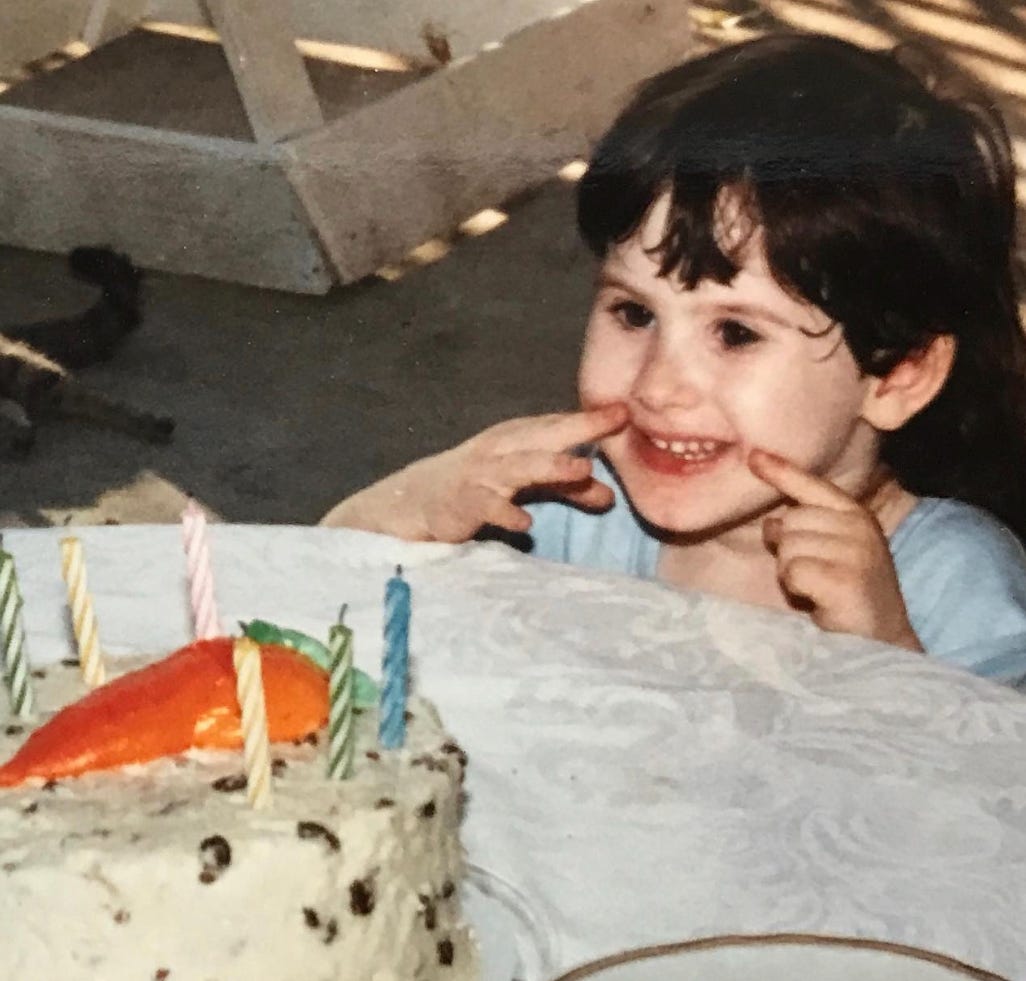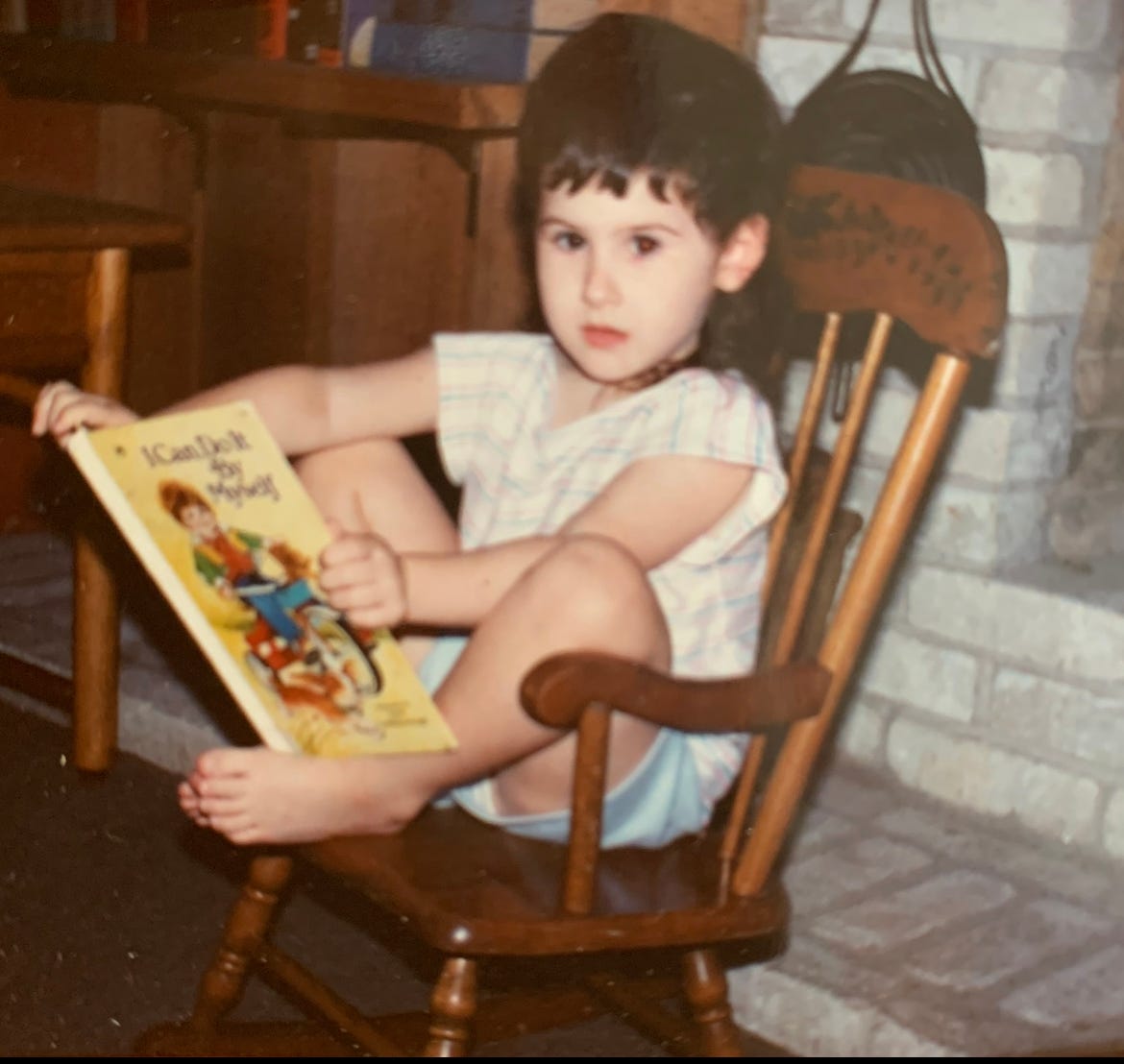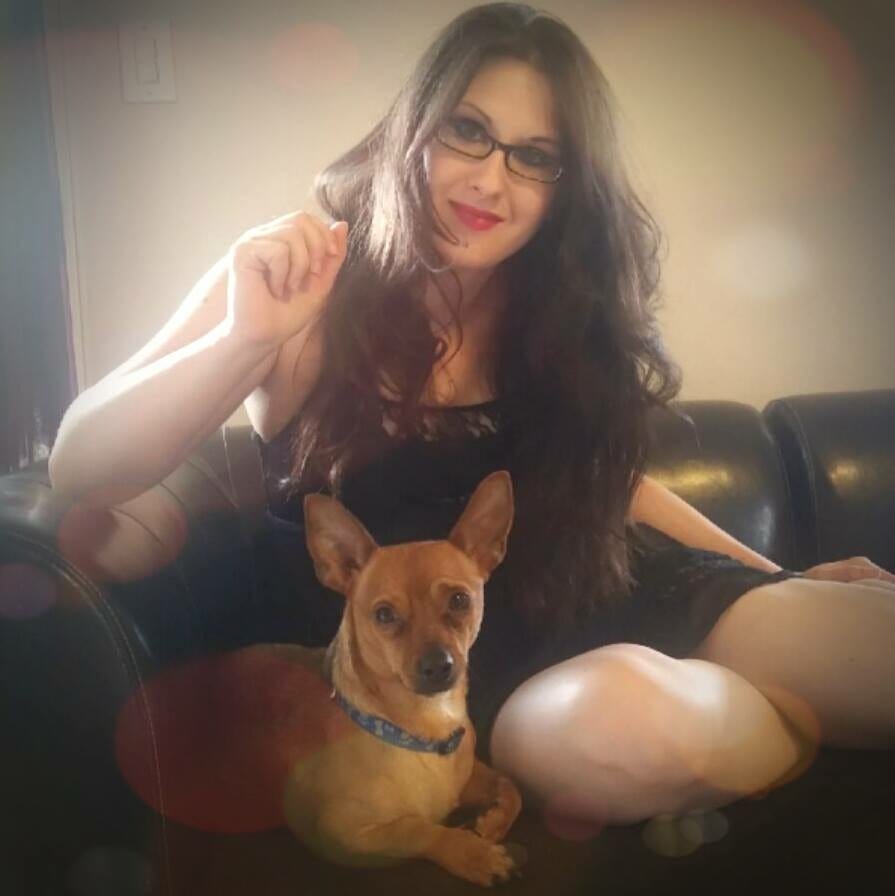The Cost of Blending In: Autistic Camouflaging and My Personal Quest for Safety
How much of me (or what version of me) you see depends on how safe I feel in your presence.
Living a double life" is a phrase often used to describe individuals leading secret lives, but for many Autistic people, it's a constant reality.
Behind the mask of neurotypicality, we hide our true selves, concealing our autistic traits, interests, and behaviors to avoid social rejection, bullying, and even physical harm.
This is the experience of Autistic camouflaging- a complex, exhausting, and often invisible struggle to avoid standing out in a sometimes hostile world.

As someone who has spent years perfecting the art of camouflaging, masking, shielding, or blending in, I know firsthand the toll it can take on our mental and physical health, relationships, and sense of self.
I didn't know I was Autistic (or even NeuroDivergent) for the first part of my life because Autism often can be an invisible (or nearly invisible) diversity to those who don't know what they're looking for (because our differences happen within our minds).
That doesn’t mean there were not signs of “my Autism” when I was growing up, but that those signs were either ignored, or dismissed as being “something else” other than Autism - like “bad behavior,” “stubbornness,” “lack of motivation,” or “laziness,”
Not knowing this vital fact about myself significantly impacted me because it caused me to feel pressure (from myself and those around me) to keep up with people whose minds were unlike my own.
I’m a compartmentalized person.
How much of me (or what version of me) you see depends on how safe I feel in your presence.
I learned to hide (or mask) my own needs and desires (ignoring and denying them, not allowing myself to express, or even move my body, authentically), trying to blend in and not be bothered, working harder than everyone around me only to be told (repeatedly) that I wasn't trying hard enough.
Everyone always seemed to expect "more" from me, but I was unsure how much more.
More than I had to give, it appeared.
When I addressed my needs and concerns to others, they were often concerns nobody else had (or would admit to).
Because my concerns were unshared, they would usually be dismissed, ignored, or worse (become a topic of contention and scorn).
From a young age, I learned that people would mock, scold, and belittle me if I asked for help with things most people could do easily, so I quickly became averse to asking for help or admitting my confusion to others.

When I didn't ask for help or support, I didn't get any.
For the first part of my life, hiding parts of who I am prevented me from getting help when I needed it and moving forward in my life. It also prevented me from finding like-minded and supportive people—people who would give me the emotional safety to express myself, feelings, and needs authentically and push me to be the best version of myself.
I was missing out.
In my thirties, I had to teach myself to ask for help (because the lack of emotional safety that I had experienced throughout my life had taught me to mask my weaknesses instead of speaking up for my needs).

Autistic Camouflaging (also known as Autistic Masking or Autistic Shielding) is when an Autistic Person hides (or masks) their Autistic traits so they can blend in and stand out less - or simply just to be left alone.
Camouflaging can be done consciously, meaning we may be aware of this effort to conform, or it may become so ingrained in us that we camouflage ourselves subconsciously, without realizing we are doing it—especially if we feel unsafe.
It is important to note that this camouflaging is something Autistic People do for self-defense. It is not intended to be manipulative or deceptive. It is, for many of us, a trauma response.
This Camouflaging can manifest in various ways, such as continued self-monitoring and analysis, so one can emulate and mimic non-autistic social cues, movements, and Neuro-Normative communication styles, that often feel unnatural and foreign to us (like eye contact, facial expressions, and body language).
We may also work at toning down our Autistic traits to avoid standing out or being perceived as different (because doing so can have serious, sometimes dangerous, consequences).
Paid subscribers have access to more of this post. Thanks to every one of you for supporting my work.
Keep reading with a 7-day free trial
Subscribe to NeuroDivergent Rebel’s Substack to keep reading this post and get 7 days of free access to the full post archives.




